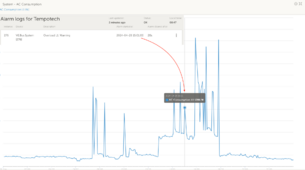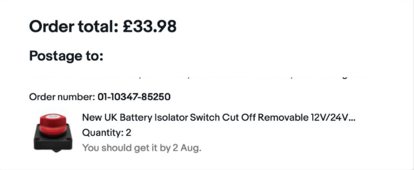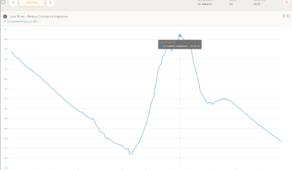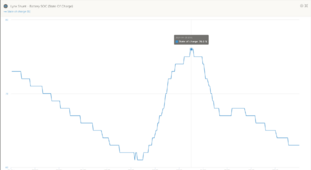Logic28
New Member
I am getting a surprising number of L1 overload warnings from my two Victron Multiplus 5000 in parallel system with 20k battery storage.
here is an example from yesterday's log:
The usage at the time was nowhere near any limitation of the system as can be seen by the images, a mere 1286w on L1at that specific time.

Often these messages are accompanied by a "low Battery" or a "ripple" alarm but not always.
The battery pack is made out of a 1x16Kw perfectly cell-balanced unit connected with a 2/0 (70mm) cable and a 5kw unit also connected to the Victron Power in via a 1/0 (50mm) cable.
I cannot think of a setting that I might have missed causing these alarms.
here is an example from yesterday's log:
| 76 | VE.Bus System [276] | Overload L1: Warning | 2024-04-28 15:01:00 | 20s |

Often these messages are accompanied by a "low Battery" or a "ripple" alarm but not always.
The battery pack is made out of a 1x16Kw perfectly cell-balanced unit connected with a 2/0 (70mm) cable and a 5kw unit also connected to the Victron Power in via a 1/0 (50mm) cable.
I cannot think of a setting that I might have missed causing these alarms.









